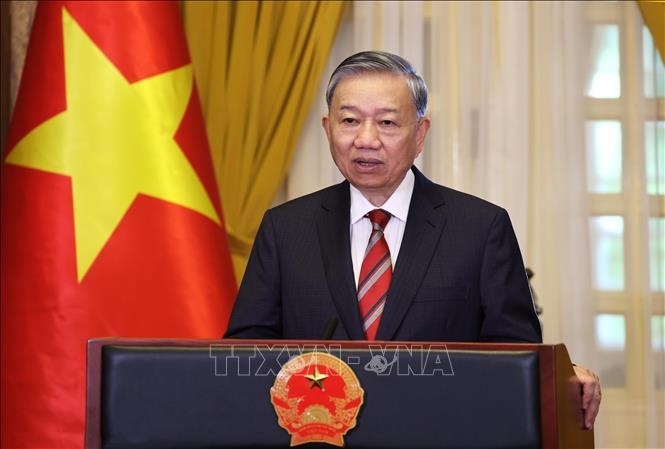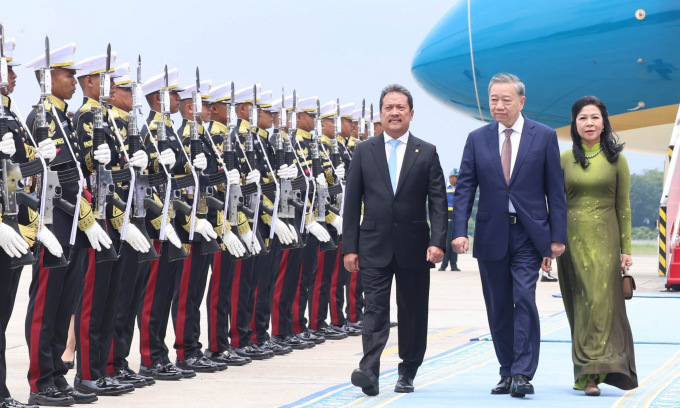Vietnam's Local Governments Pause Construction for Smart Spending
Local governments in Vietnam are strategically halting new construction projects to prioritize fiscal responsibility and enhance community service delivery.
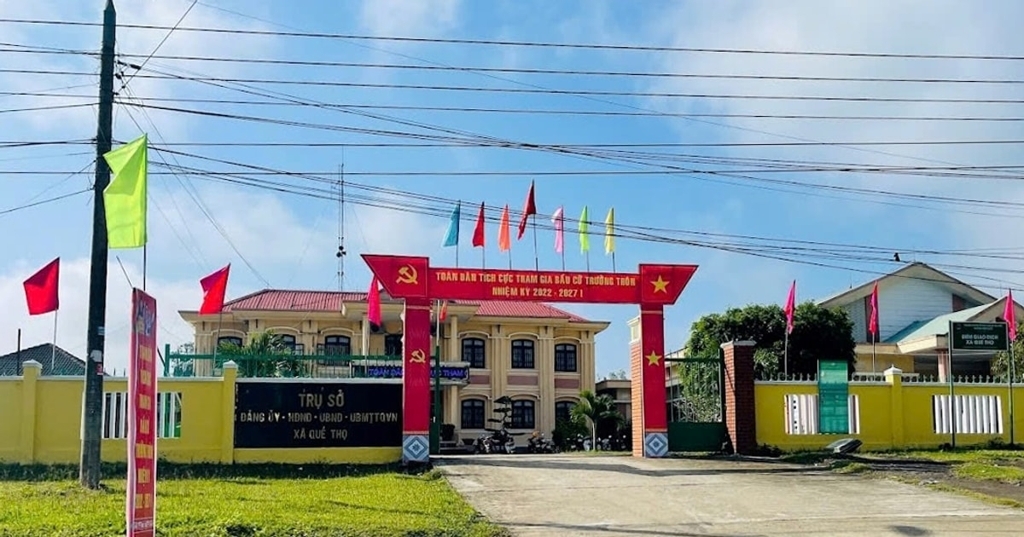
Key Points
- Local governments in Vietnam are pausing new construction projects to focus on fiscal responsibility and efficient use of taxpayer money.
- This strategic halt allows for better resource allocation toward existing public services, enhancing community needs and trust in governance.
- By reevaluating investment priorities, local authorities can prepare for future challenges while ensuring essential services operate effectively.
The recent decisions made by local governments in Vietnam to halt new construction projects for district and commune offices represent a significant shift in administrative strategy. As provinces such as
, Phu Yen, and
take steps to pause new investments in infrastructure, it reveals deeper insights into the priorities of local governance. This article explores the implications of these measures and how they relate to broader socio-economic goals, ensuring taxpayer money is allocated efficiently and effectively.
On March 7, Long An's Deputy Chairman Huỳnh Văn Sơn announced a temporary halt on new construction projects involving governmental facilities, including the offices of various departments and organizations at both the district and commune levels. This decision affects all new investments carried out under the government budget for 2025. The aim is clear: to avoid reckless spending while ensuring that existing projects proceed without financial waste.
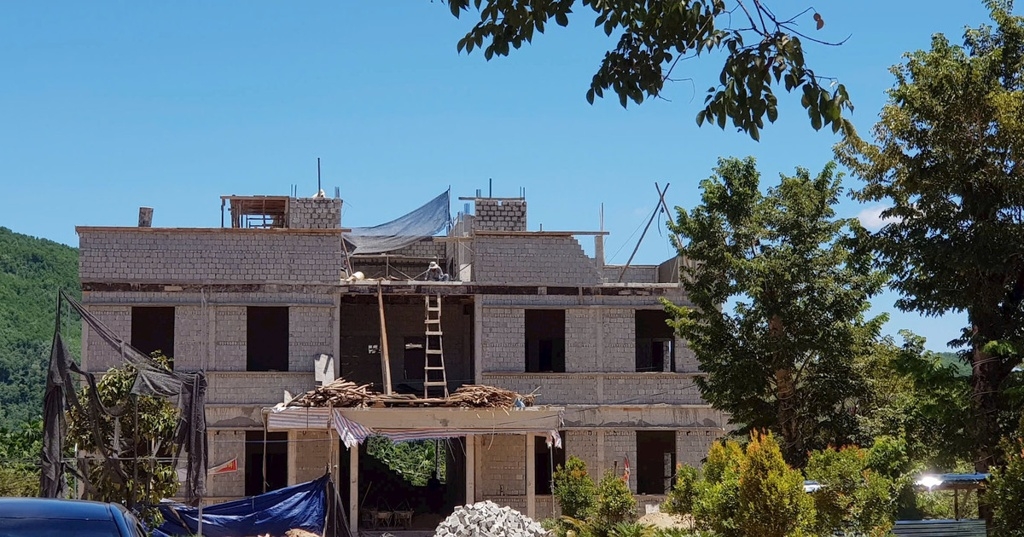
Phu Yen has echoed this sentiment, particularly concerning the planning and development of important administrative buildings. The Municipal People’s Committee has requested a review and suspension of such development projects funded by state budgets. Notably, there are ongoing plans for the new headquarters of the Tuy Hoa City Party Committee, a significant endeavor, costing around 99.99 billion VND. This project, however, is scrutinized amidst the broader context of fiscal responsibility and effective governance.
Khanh Hoa's approach further emphasizes this trend. On March 6, the provincial Party Committee confirmed a temporary suspension on various administrative activities, including the construction of new government offices and the purchasing of fixed assets. This pause aims to reevaluate administrative efficiency and prioritize essential service delivery over infrastructural expansion. By halting these projects, local governments signal their commitment to more sustainable fiscal policies.

Benefits of the Halt on New Construction
Such measures may initially seem to impede growth and infrastructure development, but they possess various underlying benefits. First, focusing resources on existing projects ensures that the basic needs of citizens are being met. Local governments can maximize their investment in public service delivery, ensuring that schools, hospitals, and community services have the funding they require to operate effectively.
Furthermore, the economic landscape is constantly shifting, and reallocating funds away from new construction can also allow local governments to respond more efficiently to emerging needs, such as public health initiatives or immediate social services facilitated by the ongoing evolution of economic demands.
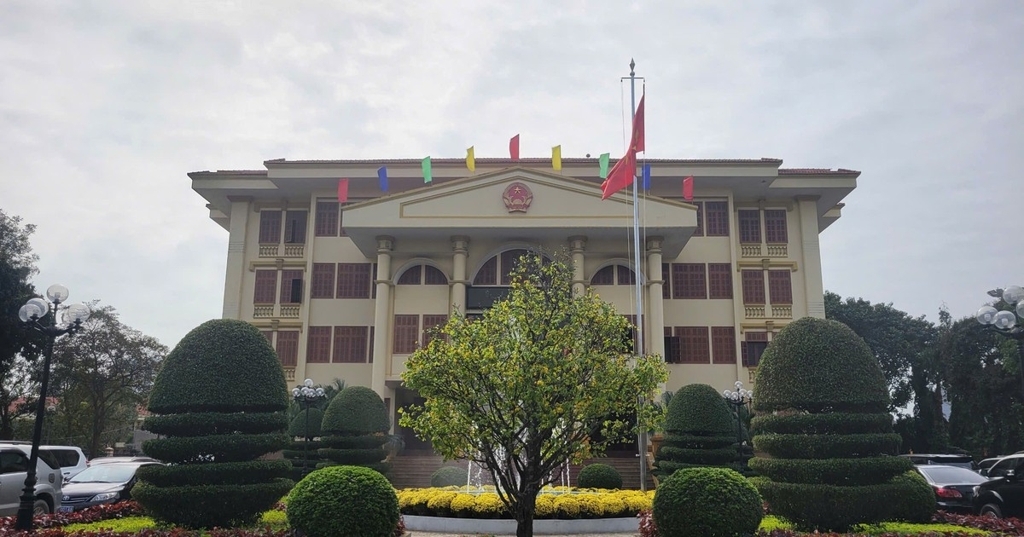
Moreover, the emphasis on prudent financial management resonates with the public’s appetite for transparency and accountability. When local administrations publicly assert their commitment to reducing unnecessary expenditures, it fosters a culture of trust between the government and its citizens. Investing wisely in community priorities ultimately reinforces collective confidence in local governance.
Looking Ahead
The decision to pause new construction projects serves as an invitation to explore innovative governance methods. It encourages local authorities to pave paths toward revising budgeting techniques and enhancing the effectiveness of existing facilities, rather than expanding the bureaucracy without clear justification. In this period of reflection and evaluation, local governments can harness the opportunity to redefine their missions for optimal community engagement.
As Long An, Phu Yen, and Khanh Hoa forge ahead with these new strategies, they set a powerful example within Vietnam for balancing infrastructural development with fiscal responsibility. By focusing efforts on efficiency and service delivery, these regions are paving the way for a future where governance not only meets the needs of today but prepares communities for the challenges of tomorrow.

